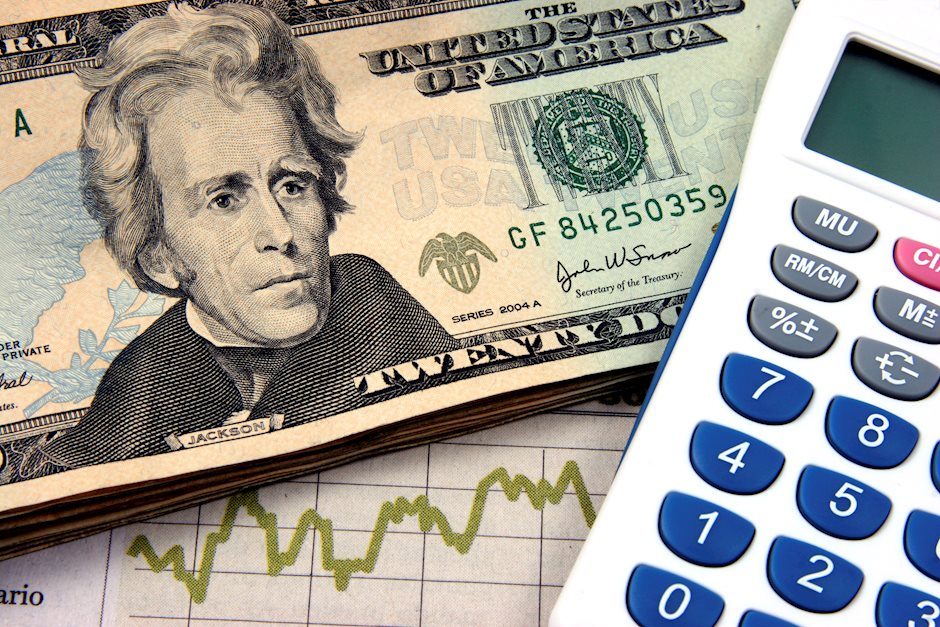US Dollar resurges amid hot PPI and strong labor market data
- US core and headline PPI came in higher than expected in February.
- On the negative side, Retail Sales from February and weekly Initial Jobless Claims came in lower than expected.
- US Treasury yields rose to two-week highs.

The US Dollar Index (DXY) is currently trading at 103.36, up 0.55%, on Thursday. The Greenback got a boost following the release of hot Producer Price Index (PPI) figures, which triggered a rally in US Treasury yields. On the negative side, Retail Sales and Jobless claims figures came in soft.
Despite inflation in the US remaining sticky, expectations on the start of the easing cycle of the Federal Reserve (Fed) remain steady. Markets are discounting that the rate cuts will begin in June, but the focus will now be on the revised Dot Plot for the upcoming March meeting to gather additional evidence on the Fed’s stances.
Daily digest market movers: DXY rallies as markets digest PPI data
- The US Bureau of Labor Statistics reported that the Producer Price Index (PPI) for February increased by 1.6% YoY, which outperformed a consensus of 1.1% and is an improvement from the previous 1%.
- The core PPI showed an increase of 2.8% YoY, higher than the previous 2.6%.
- Retail Sales for February reported by the US Census Bureau, showed a monthly increase of 0.6% (MoM), below the 0.8% expected.
- The Initial Jobless Claims for the week that ended on March 9 was reported to be at 209K, lower than the predicted figure of 218K but higher than the previous 210K.
- Overall, the economic outlook in the US is mixed, with signs of sticky inflation and weak economic activity.
- Markets are currently predicting less than 15% and 60% for a Fed rate cut in May and June, respectively, which aligns closer to the Fed's outlook for three cuts this year.
- US Treasury yields soared with the 2-year yield at 4.70%, the 5-year yield at 4.29%, and the 10-year yield at 4.28%.
DXY technical analysis: DXY opens gaps for bulls as bears lose momentum
On the daily chart, the Relative Strength Index (RSI) has a positive slope yet drifts in negative territory, signaling that bulls are slowly building momentum. Coupled with this, the decreasing red bars on the Moving Average Convergence Divergence (MACD) histogram corroborate the growing buying momentum as the sellers lose traction.
Furthermore, the positioning of DXY below its 20,100 and 200-day Simple Moving Averages (SMAs) underscores the embedded bearish outlook. However, if the buyers make a move above the 20-day average at around 103.50, the outlook might shift in favor of the bulls.
Employment FAQs
How do employment levels affect currencies?
Labor market conditions are a key element to assess the health of an economy and thus a key driver for currency valuation. High employment, or low unemployment, has positive implications for consumer spending and thus economic growth, boosting the value of the local currency. Moreover, a very tight labor market – a situation in which there is a shortage of workers to fill open positions – can also have implications on inflation levels and thus monetary policy as low labor supply and high demand leads to higher wages.
Why is wage growth important?
The pace at which salaries are growing in an economy is key for policymakers. High wage growth means that households have more money to spend, usually leading to price increases in consumer goods. In contrast to more volatile sources of inflation such as energy prices, wage growth is seen as a key component of underlying and persisting inflation as salary increases are unlikely to be undone. Central banks around the world pay close attention to wage growth data when deciding on monetary policy.
How much do central banks care about employment?
The weight that each central bank assigns to labor market conditions depends on its objectives. Some central banks explicitly have mandates related to the labor market beyond controlling inflation levels. The US Federal Reserve (Fed), for example, has the dual mandate of promoting maximum employment and stable prices. Meanwhile, the European Central Bank’s (ECB) sole mandate is to keep inflation under control. Still, and despite whatever mandates they have, labor market conditions are an important factor for policymakers given its significance as a gauge of the health of the economy and their direct relationship to inflation.
Author

Patricio Martín
FXStreet
Patricio is an economist from Argentina passionate about global finance and understanding the daily movements of the markets.

















